Publications
Highlights
(For a full list see below.)
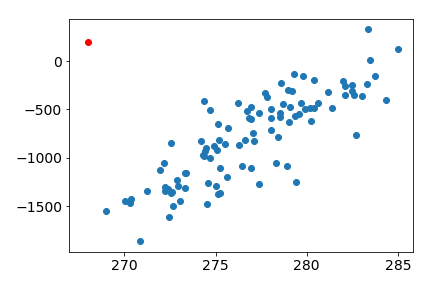
Checked for consistency of model with actual observations before data are assimilated. Comparison in low-dimension data spaces to identify source of model discrepancy.
DS Oliver
Journal of Petroleum Science and Engineering, Volume 193, 107367 October 2020.
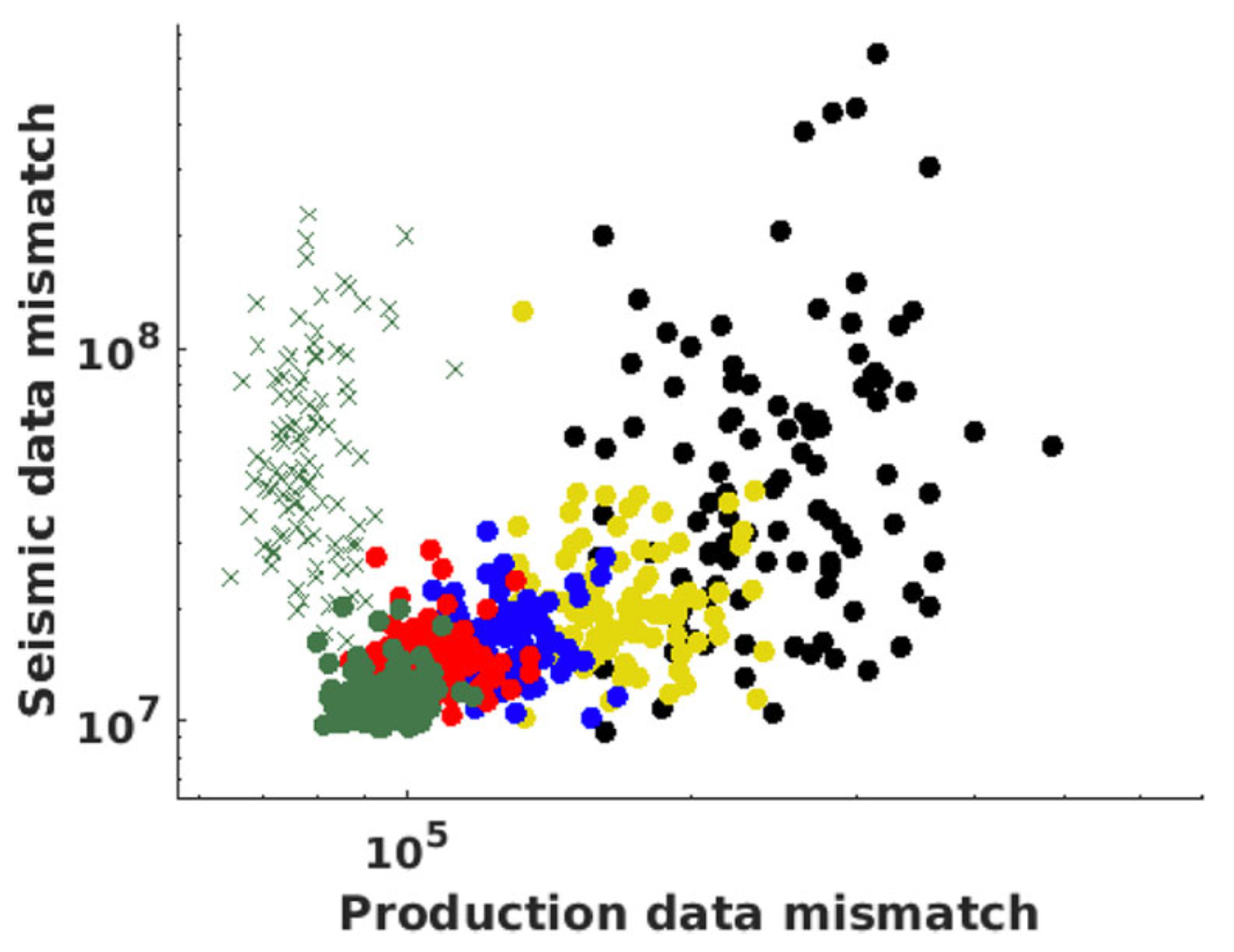
Presents a workflow for assimilating seismic attributes and production data based on sparse representation of the seismic data, using methods developed for image denoising.
RJ Lorentzen, T Bhakta, D Grana, XD Luo, R Valestrand, G Nævdal
Computational Geosciences, 24(2), 907-920, 2020
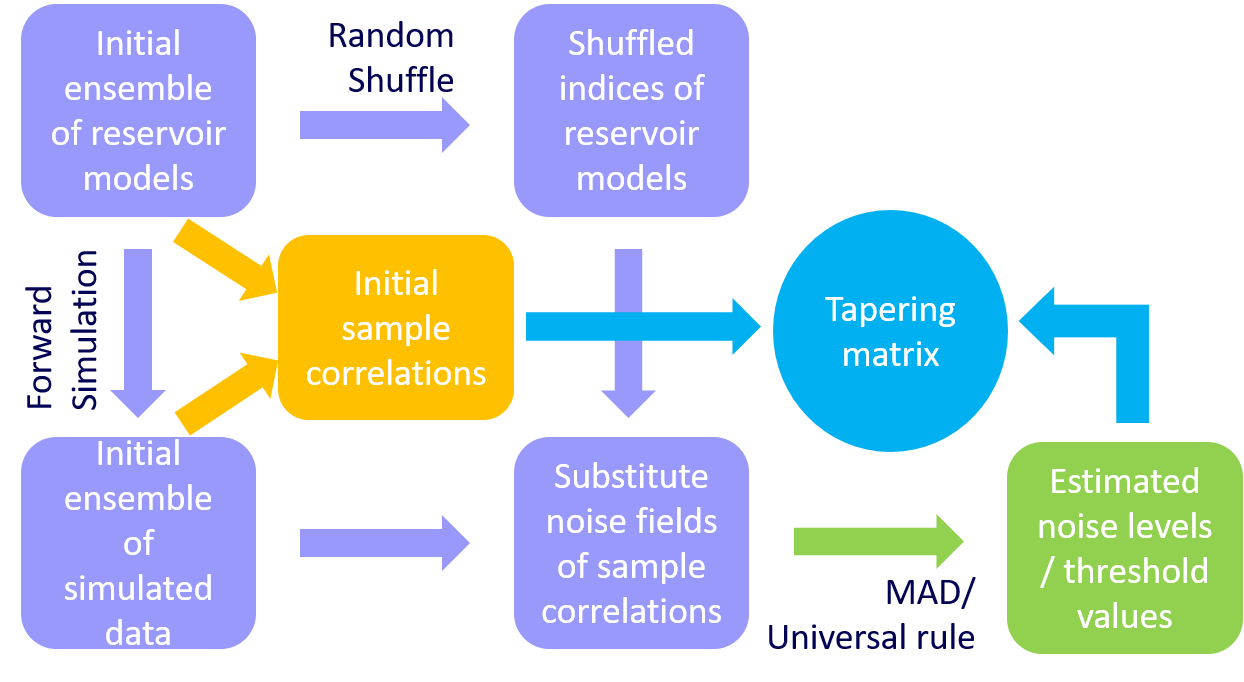
Propose a workflow that enables the implementation of an automatic and adaptive localization scheme for ensemble-based history matching. Improved performance is demonstrated in a 2D and a 3D seismic history matching problems.
X Luo, T Bhakta
Journal of Petroleum Science and Engineering, vol 184, art 106559, 2020

A demonstration of data assimilation with correlated observation errors and iterative estimation of total observation error in an imperfect model with large amounts of data. Applied to the Norne Field.
M Alfonzo, DS Oliver
Comput Geosci., 24(2), 889-905, 2020
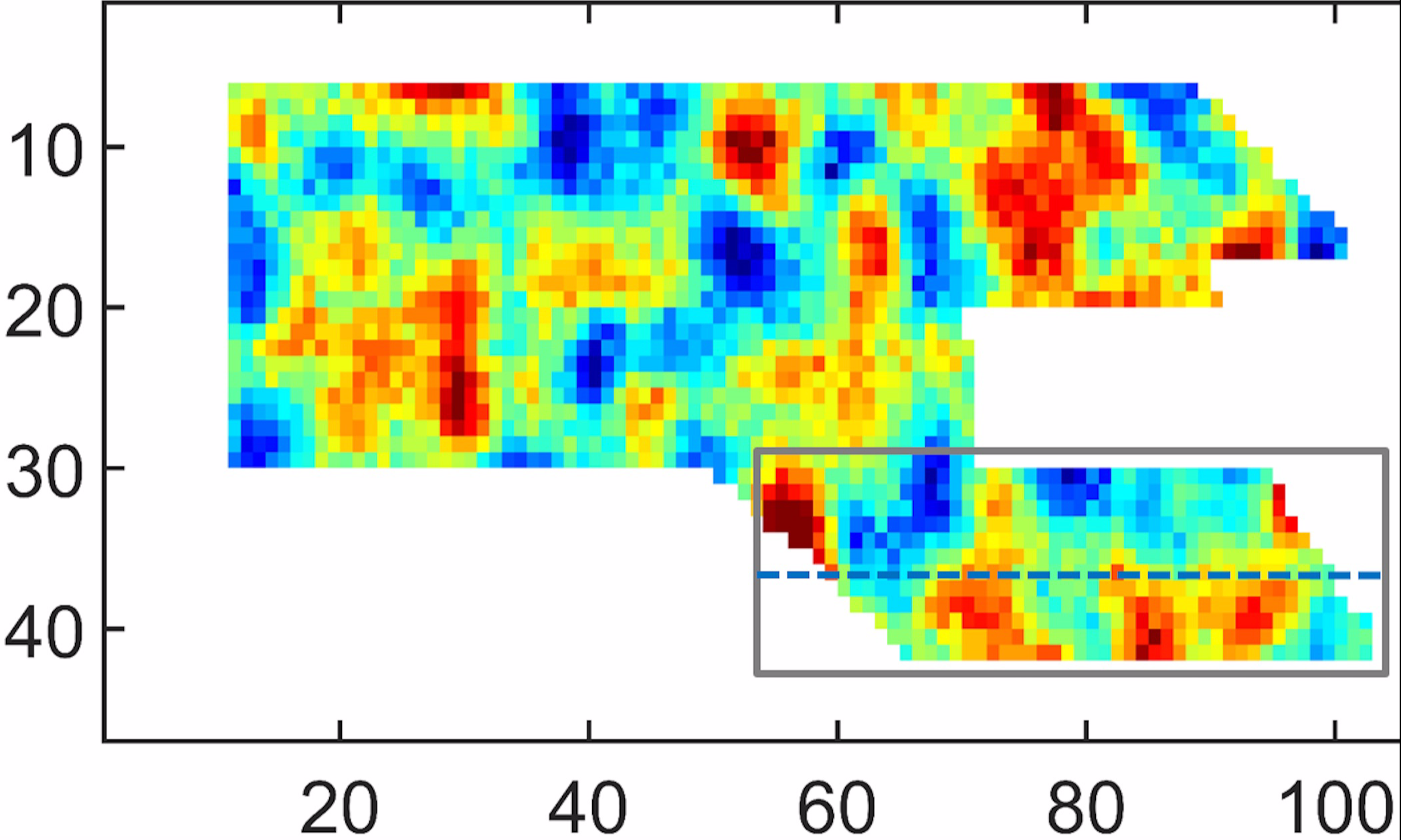
Proposes a methodology for determining the suitability of a computer model before calibration, targeted at real data assimilation problems with large numbers of model parameters, large amounts of data and correlated observation errors. The model diagnostic is based on an approximation of the Mahalanobis distance suitable for use in high-dimensional spaces.
M Alfonzo, DS Oliver
Comput Geosci., 23(6), 1331-1347, 2019
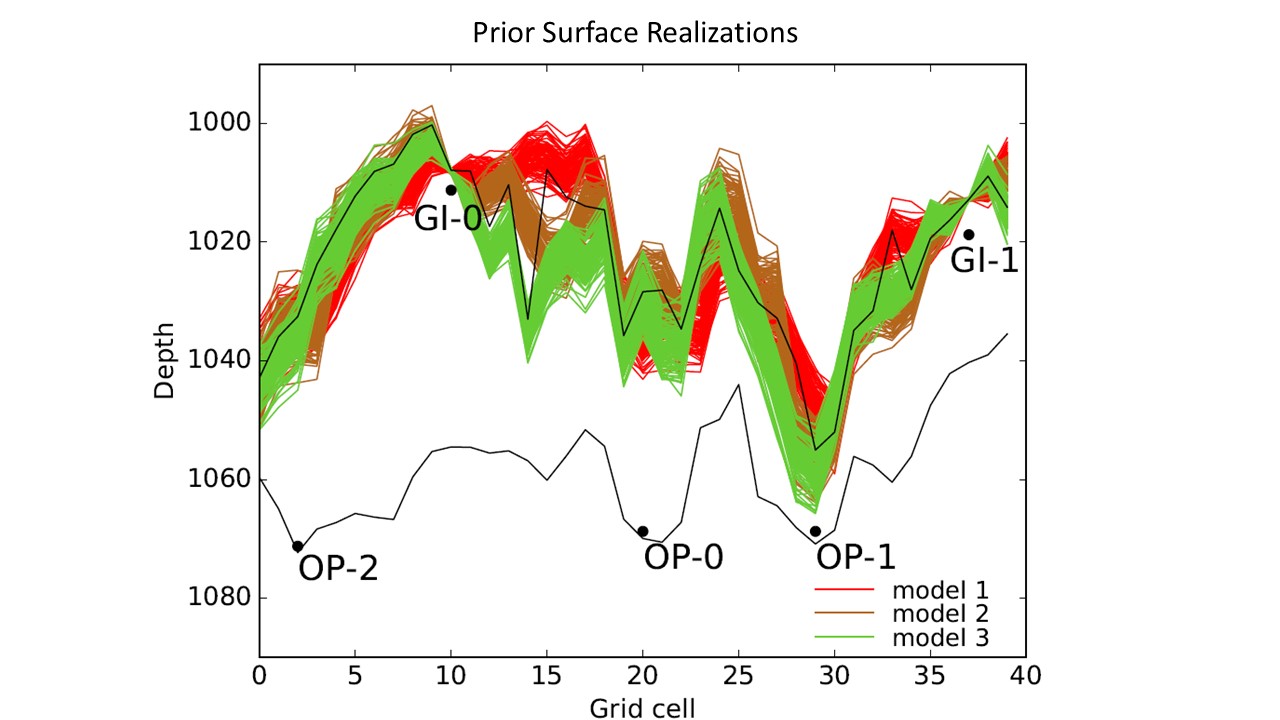
We apply Bayesian Model Probability and Bayesian Averaging to take into account prior scenarios in history matching and uncertainty analysis. The methodology is used to condition a dynamic reservoir simulation model to frequent 4D seismic data by tuning the top reservoir surface given alternative prior interpretations.
SI Aanonsen, S Tveit, M Alerini
SPE Journal, 24(4), 1490-1507, 2019
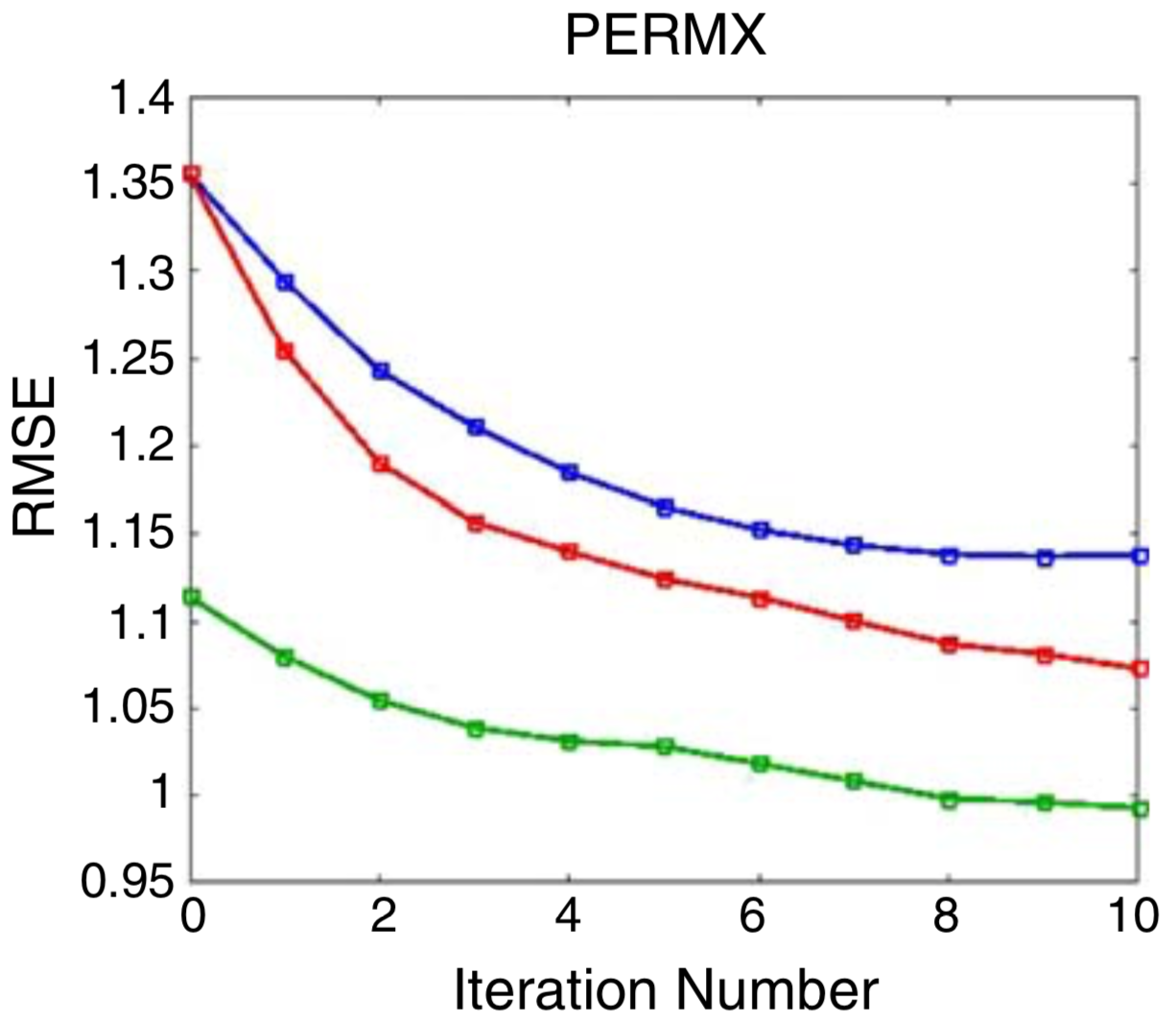
The full Norne Field is history matched using a combination of acoustic impedance and production data. The paper illustrates a robust and flexible work flow for assisted history matching of large data sets.
RJ Lorentzen, XD Luo, T Bhakta, R Valestrand
SPE Journal, 24(4), 1452-1467, 2019
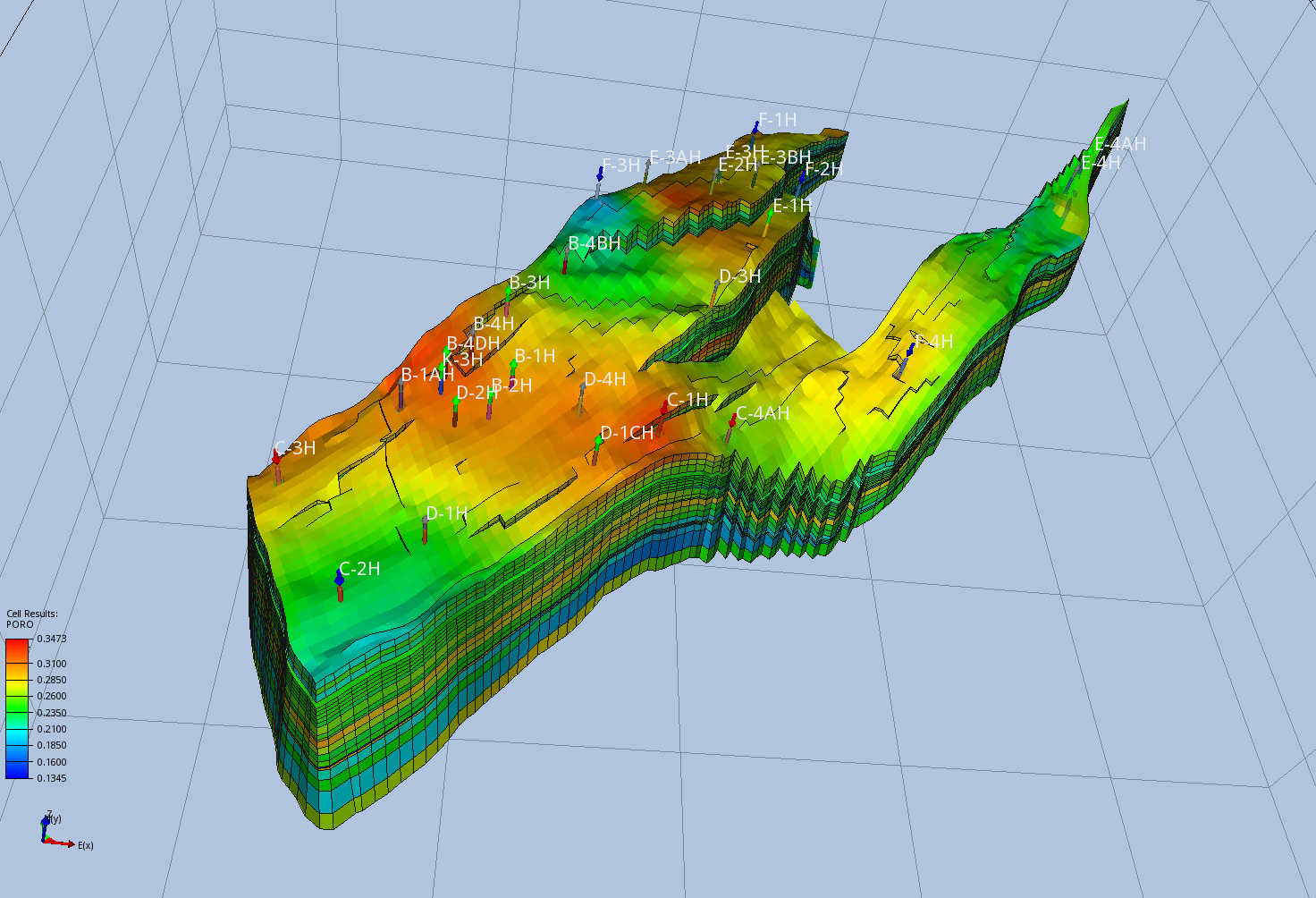
Application of correlation-based adaptive localization to history-matching production data in the Norne field. Also included is a comparison to the conventional distance-based localization.
XD Luo, RJ Lorentzen, R Valestrand, G Evensen
SPE Reservoir Evaluation & Engineering, 22(3), 1084-1109, 2019

Development of an ensemble-based kernel learning framework, with applications to handling model errors in a class of data assimilation problems (e.g., 4D seismic history matching)
XD Luo
PLOS ONE, 14(7), e0219247 (2019)
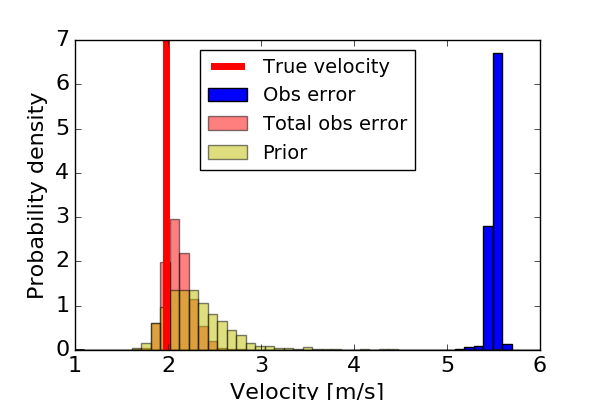
A recent publication on the problem of problem of assimilating biased and inaccurate observations into inadequate models.
DS Oliver, M Alfonzo
Comput Geosci. 22(1), 867-893 (2018)
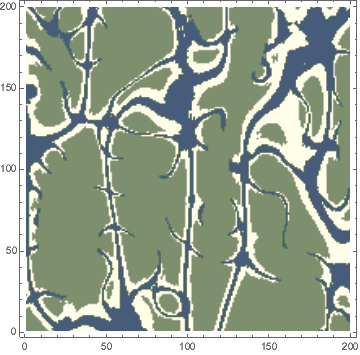
Limitations of the ensemble-based or gradient-based methods when applied to truncated plurigaussian models of channel facies are shown. It is possible to improve the data match and increase the ensemble spread by modifying the updating step.
DS Oliver, Y Chen
Mathematical Geosciences 50(8), 867-893 (2018)
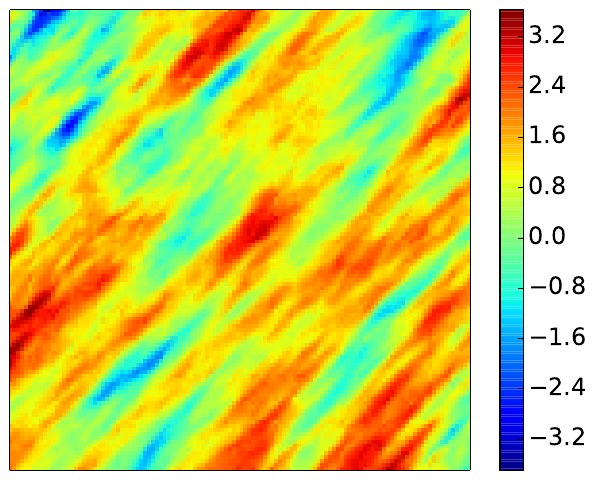
Three methods for data-feature extraction from inverted seismic data is compared to a reference solution. A novel method combining data coarsening and coarse-scale simulations consistently outperformed the other methods.
T Mannseth, K Fossum
Comput Geosci, 22(5), 1323-1349, 2018

Application of correlation-based adaptive localization to history-matching production data in the Norne field. Also included is a comparison to the conventional distance-based localization.
XD Luo, T Bhakta, G Nævdal
SPE Journal, 23(02), 396–427 (2018)
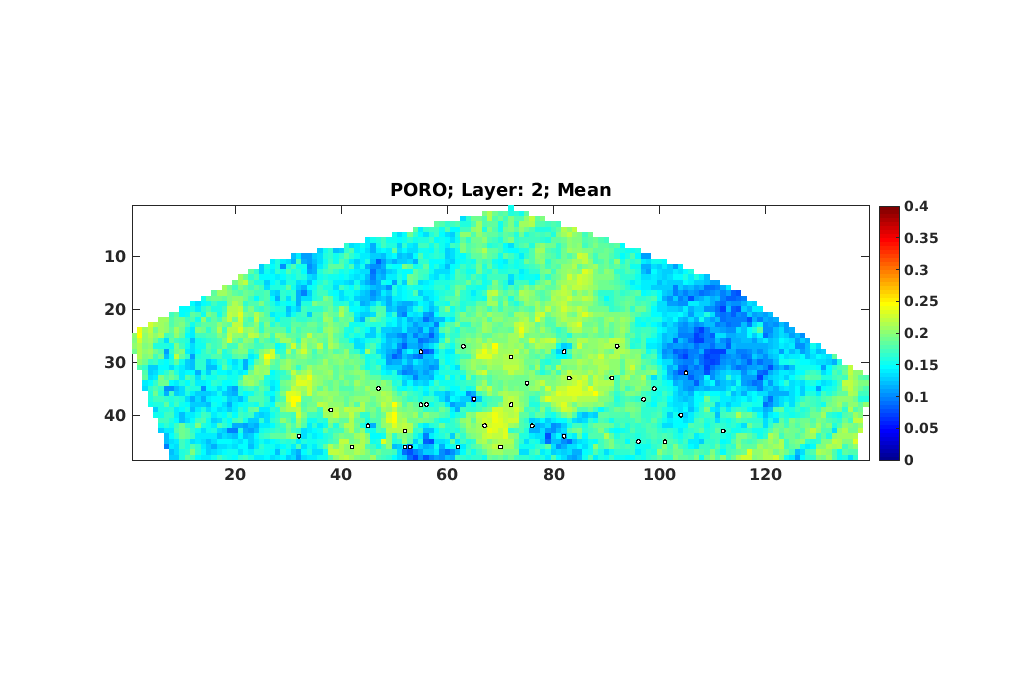
Application of an ensemble 4D seismic history matching framework with wavelet-based sparse representation to the 3D Brugge benchmark case.
XD Luo, T Bhakta, M Jakobsen, G Nævdal
PLOS ONE, 13(7), e0198586 (2018)
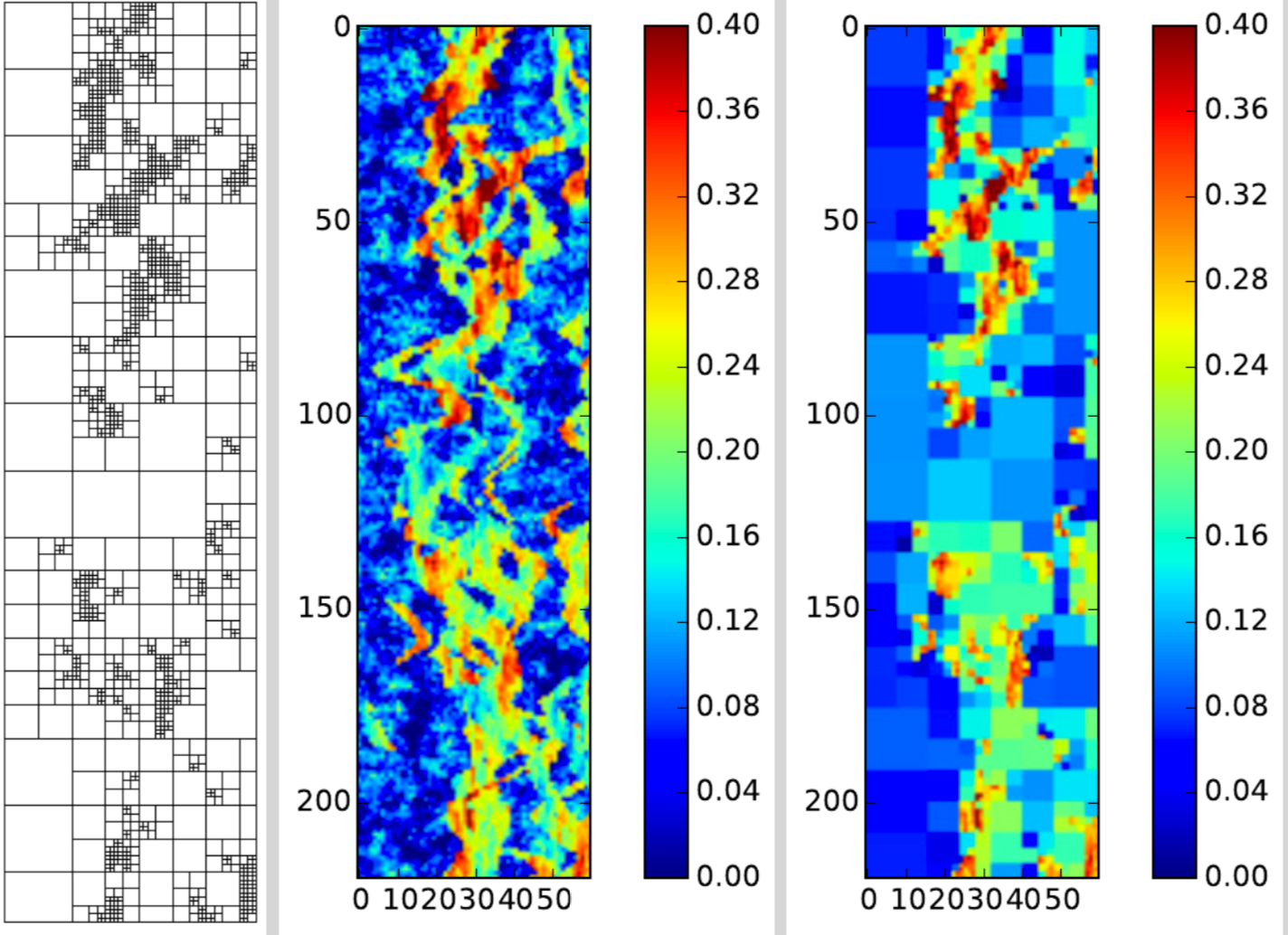
A computationally efficient proxy model, generated by wavelet-based upscaling, is introduced. Reduction of numerical cost allows increased ensemble size, reducing need for localization.
K Fossum, T Mannseth
Computational Geosciences, 21(1), 167-186 (2017)
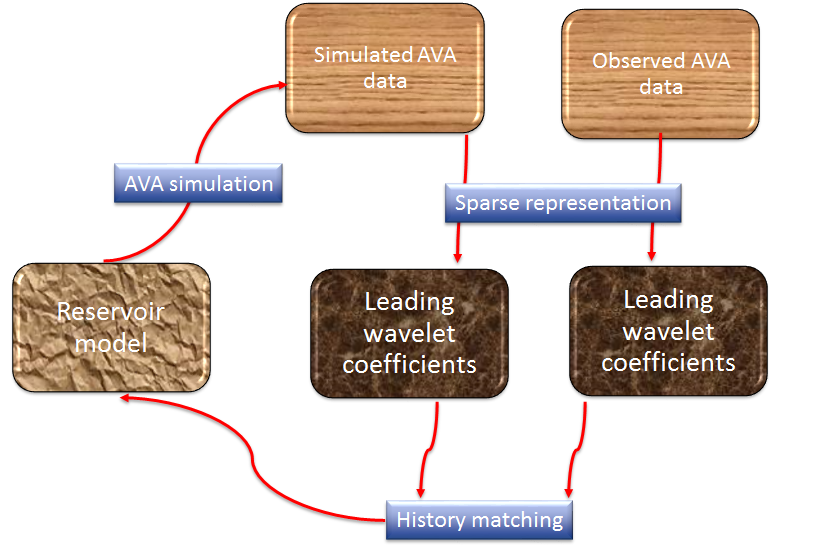
Development of an ensemble 4D seismic history matching framework with wavelet-based sparse representation to handle big data assimilation problems (e.g., 4D seismic history matching).
XD Luo, T Bhakta, M Jakobsen, G Nævdal
SPE Journal, 22(03), 985-1010 (2017)

Investigate issues of convergence rate and effect of localization range for various localization methods and the impact of truncation level for TSVD. All methods gave equivalent results when used in an iterative ensemble smoother, but the local analysis methods generally converged more quickly when the amount of data is large compared to ensemble size.
Y Chen, DS Oliver
Computational Geosciences, 21(1), 13–30 (2017)

Estimate noise in seismic data from a perspective of image denoising (as a preliminary step before seismic history matching). Also included is a performance comparison of a few image denoising methods applied to seismic data from the Norne field.
XD Luo, T Bhakta
Computational Geosciences, 21(2), 205–222 (2017)
Full List
Diagnosing reservoir model deficiency for model improvement
DS Oliver
Journal of Petroleum Science and Engineering, Volume 193, 107367 October 2020.
Assessment of multilevel ensemble-based data assimilation for reservoir history matching
K Fossum, T Mannseth, AS Stordal
Computational Geosciences, 24(1), 217-239, 2020
Simultaneous assimilation of production and seismic data: application to the Norne field
RJ Lorentzen, T Bhakta, D Grana, XD Luo, R Valestrand, G Nævdal
Computational Geosciences, 24(2), 907-920, 2020
Automatic and adaptive localization for ensemble-based history matching
X Luo, T Bhakta
Journal of Petroleum Science and Engineering, vol 184, art 106559, 2020
Seismic data assimilation with an imperfect model
M Alfonzo, DS Oliver
Comput Geosci., 24(2), 889-905, 2020
Evaluating prior predictions of production and seismic data
M Alfonzo, DS Oliver
Comput Geosci., 23(6), 1331-1347, 2019
Using Bayesian model probability for ranking different prior scenarios in reservoir history matching
SI Aanonsen, S Tveit, M Alerini
SPE Journal, 24(4), 1490-1507, 2019
History matching the full Norne Field model using seismic and production data
RJ Lorentzen, XD Luo, T Bhakta, R Valestrand
SPE Journal, 24(4), 1452-1467, 2019
Correlation-based adaptive localization for ensemble-based history matching: applied to the Norne Field case study
XD Luo, RJ Lorentzen, R Valestrand, G Evensen
SPE Reservoir Evaluation & Engineering, 22(3), 1084-1109, 2019
Ensemble-based kernel learning for a class of data assimilation problems with imperfect forward simulators
XD Luo
PLOS ONE, 14(7), e0219247 (2019)
Calibration of imperfect models to biased observations
DS Oliver, M Alfonzo
Comput Geosci. 22(1), 867-893 (2018)
Data assimilation in truncated plurigaussian models – impact of the truncation map
DS Oliver, Y Chen
Mathematical Geosciences 50(8), 867-893 (2018)
Assimilating spatially dense data for subsurface applications—balancing information and degrees of freedom
T Mannseth, K Fossum
Comput Geosci, 22(5), 1323-1349, 2018
Correlation-based adaptive localization with applications to ensemble-based 4D seismic history matching
XD Luo, T Bhakta, G Nævdal
SPE Journal, 23(02), 396–427 (2018)
Efficient big data assimilation through sparse representation: A 3D benchmark case study in petroleum engineering
XD Luo, T Bhakta, M Jakobsen, G Nævdal
PLOS ONE, 13(7), e0198586 (2018)
Coarse-scale data assimilation as a generic alternative to localization
K Fossum, T Mannseth
Computational Geosciences, 21(1), 167-186 (2017)
Metropolized randomized maximum likelihood for improved sampling from multimodal distributions
DS Oliver
SIAM/ASA Journal of Uncertainty Quantification, 5(1), 259–277 (2017)
An ensemble 4D seismic history matching framework with sparse representation based on wavelet multiresolution analysis
XD Luo, T Bhakta, M Jakobsen, G Nævdal
SPE Journal, 22(03), 985-1010 (2017)
Localization and regularization for iterative ensemble smoothers
Y Chen, DS Oliver
Computational Geosciences, 21(1), 13–30 (2017)
Estimating observation error covariance matrix of seismic data from a perspective of image denoising
XD Luo, T Bhakta
Computational Geosciences, 21(2), 205–222 (2017)